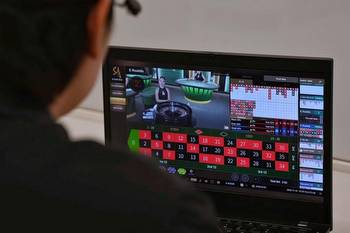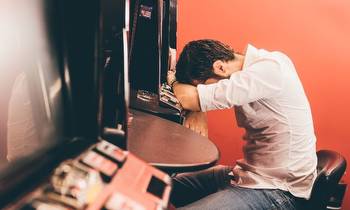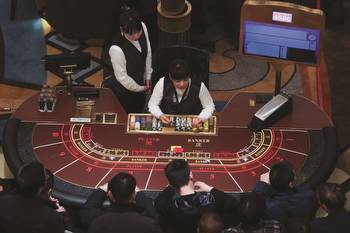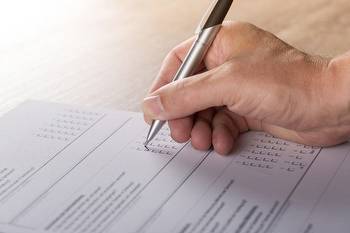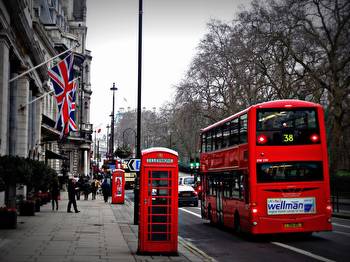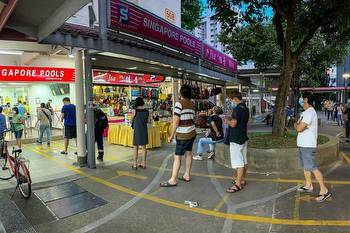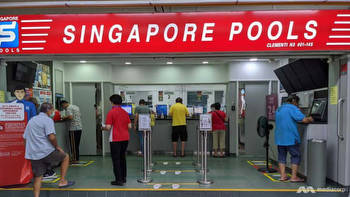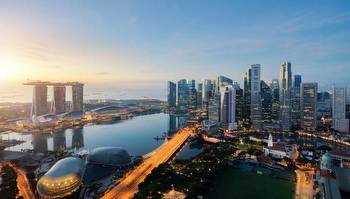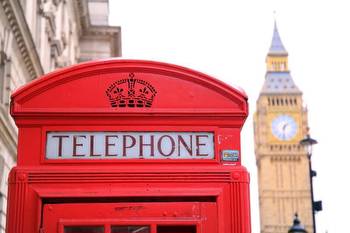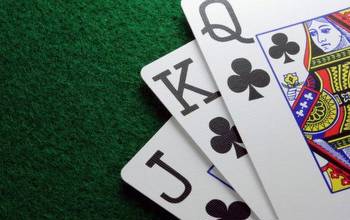NCPG survey finds Singapore gambling rates, spend trending down

A survey conducted by Singapore’s National Council on Problem Gambling (NCPG) has found that fewer people are participating in gambling activities and the average amount bet has halved, although the rates of those classified as probable pathological and problem gamblers remains steady.
The NCPG conducts its survey every three years to study gambling behaviour and attitude changes over time. Incorporating the responses of 3,000 randomly selected Singapore residents, it looks at everything from gambling frequency and spend to demographics, impact and more.
According to the 2020 survey, the results of which were published on 29 July 2021, 44% of Singapore residents aged 18 and above reported that they had participated in at least one form of gambling activity, down from 52% in 2017 and considered statistically significant.
Likewise, the median monthly spend decreased from SG$30 in 2017 to SG$15, with 89% of people spending less than SG$100 per month.
Notably, the NCPG said it had taken into account restrictions on gambling opportunities as a result of COVID-19 in 2020 and has asked respondents about their gambling behaviour in 2019 instead.
“Nonetheless, restrictions on gambling activities during the period of survey may still have affected responses. This may partly explain the lower reported gambling participation rate of 44% for the 2020 survey,” it said.
The most popular forms of gambling were Singapore’s 4D lottery, of which 42% of respondents said they participated at some stage, and TOTO with 36%. Another 21% said they participated in social gambling.
Only 1% said they played table games and 1% slot machines in Singapore’s casinos, the same proliferation as in the 2017 survey.
The 2020 survey found that between 0.02% and 0.4% of respondents may be classified as probable pathological gamblers, with a single point estimate of 0.2%. This was up from 0.1% in 2017, however the difference is classified as not statistically significant and therefore stable from 2017 to 2020.
The single point estimate of probable problem gamblers was 1.0%, up from 0.8% and also not statistically significant.










